This is an authorized translation in English of a post in French by @japon: Ginkaku-ji, le temple du pavillon d’argent à Kyoto
As my primary language is not English, there are probably some mistakes in my translation.
Remember that the person that speaks here is NOT me, Vincent Celier (@vcelier), but @japon, a French guy.
A new day begins in the Land of the Rising Sun, and my destination of the day is the Higashiyama district. Literally "the mountains of the east", there is a significant concentration of temples, shrines and gardens. There are so many that you have to make a choice, sometimes painful. But there are still some must-haves, such as the Ginkaku-ji, the silver pavilion.
Located north of Higashiyama, this temple echoes the Kinkaku-ji (the golden pavilion) I visited the day before. Even though the names are close, the two places are very different.
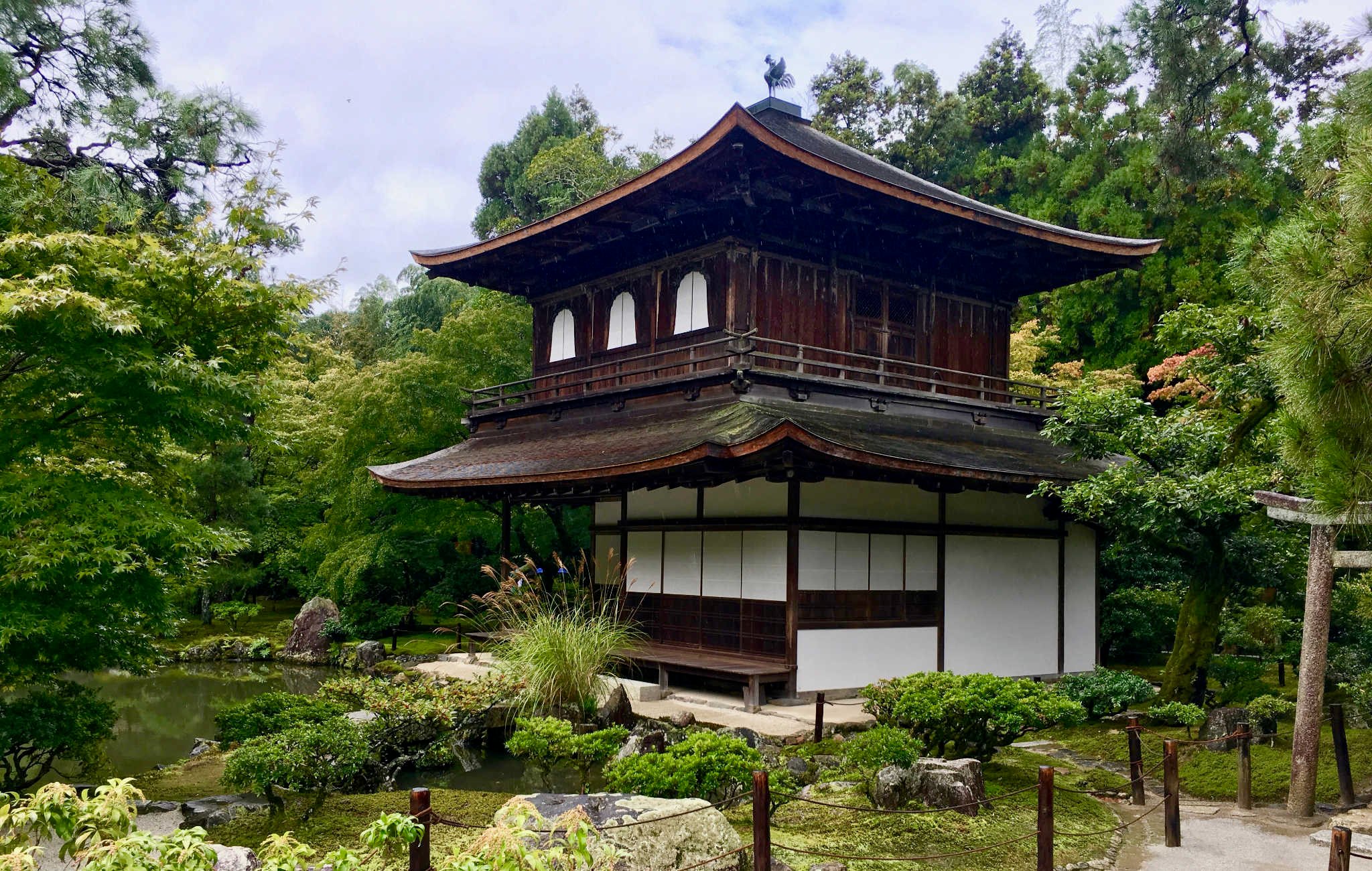
Already, the silver pavilion intrigues by its name, because the main building is absolutely not covered with silver leaves. The origins of this appellation are uncertain, some say it refers to the time when the floor of the court was painted with a black lacquer. The pavilion, when illuminated by the moon's reflections on the ground, took on a silver color. Nowadays, the black lacquer has disappeared but the name has remained.
It is difficult to remain insensitive when one enters the compound of the Ginkaku-ji. The building is of modest size but of such beauty, placed next to its small pond and surrounded by its meticulously maintained garden.
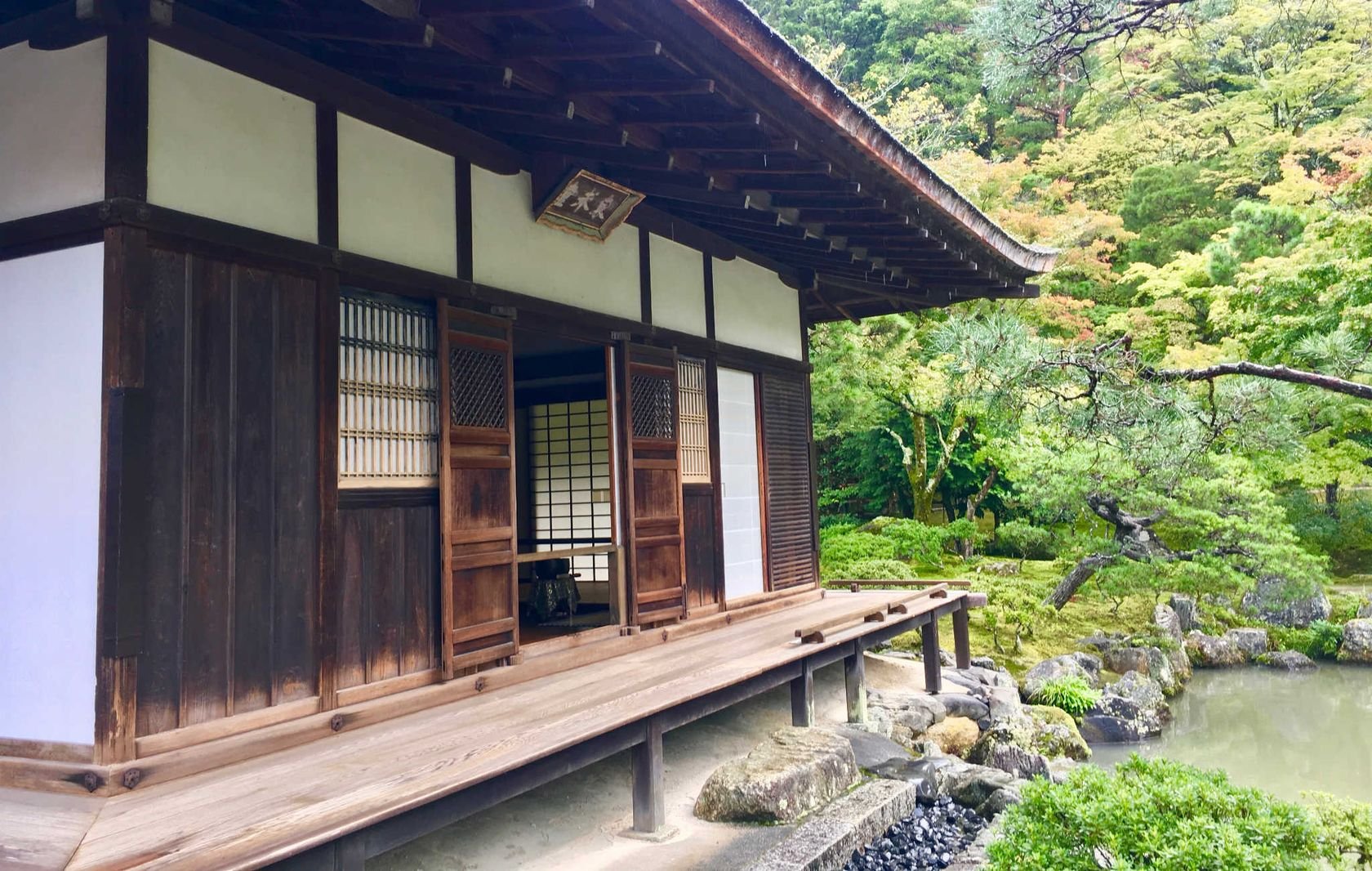
There is also a beautiful harmony between a landscaped garden and a Zen garden. The large cone of white gravel is impressive. The previous night there was very heavy rain and the "waves" on the sand are partly destroyed, but that does not detract from the charm of the place.

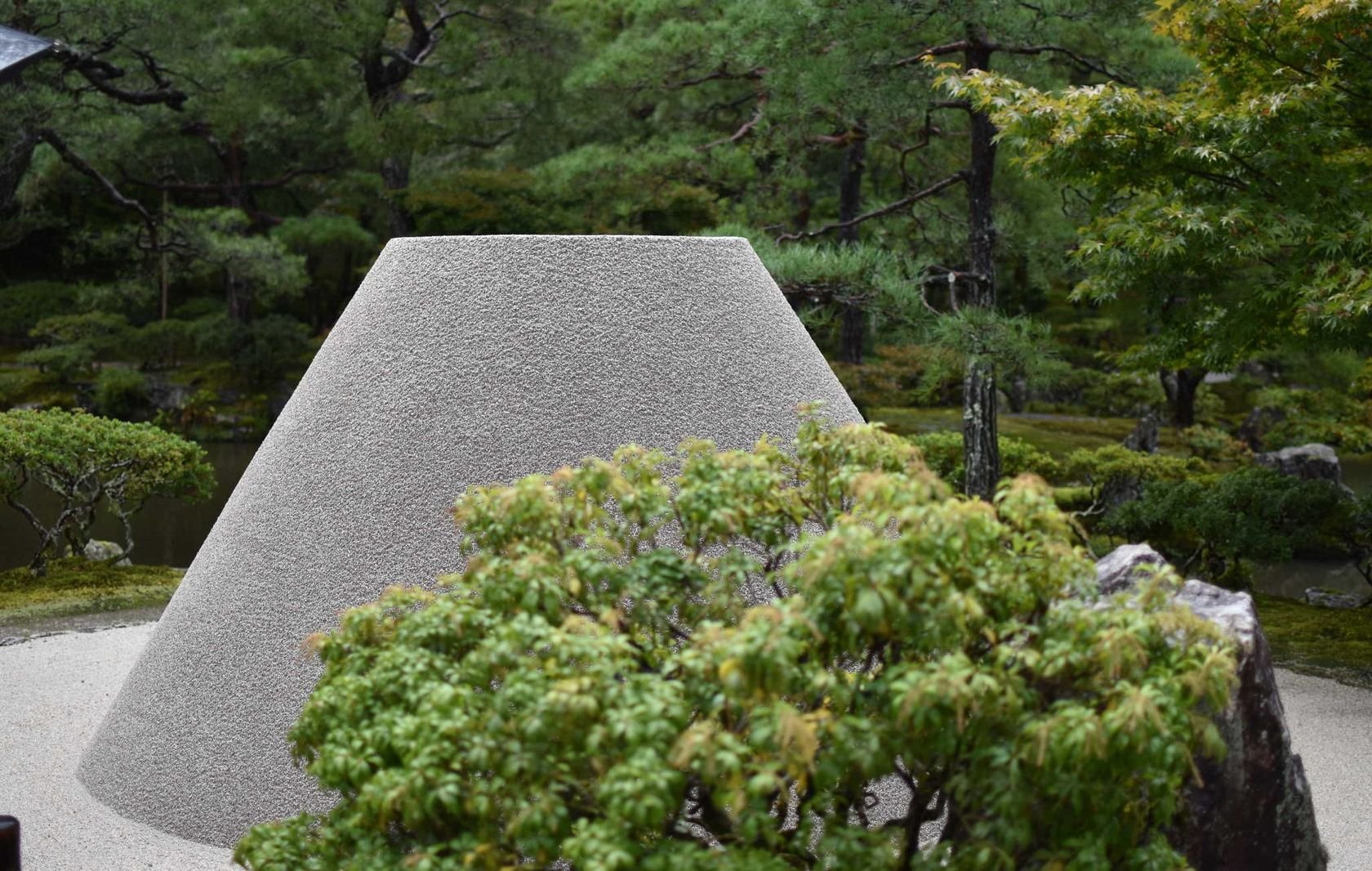
The visit of the Ginkaku-ji is a beautiful walk in a garden that is organized around the small pond, some streams, its rocks. There is first of all this overall vision, with a beautiful harmony, and then the eye is on points of detail. A small stone bridge, rocks judiciously placed, this small shrub carved for decades.
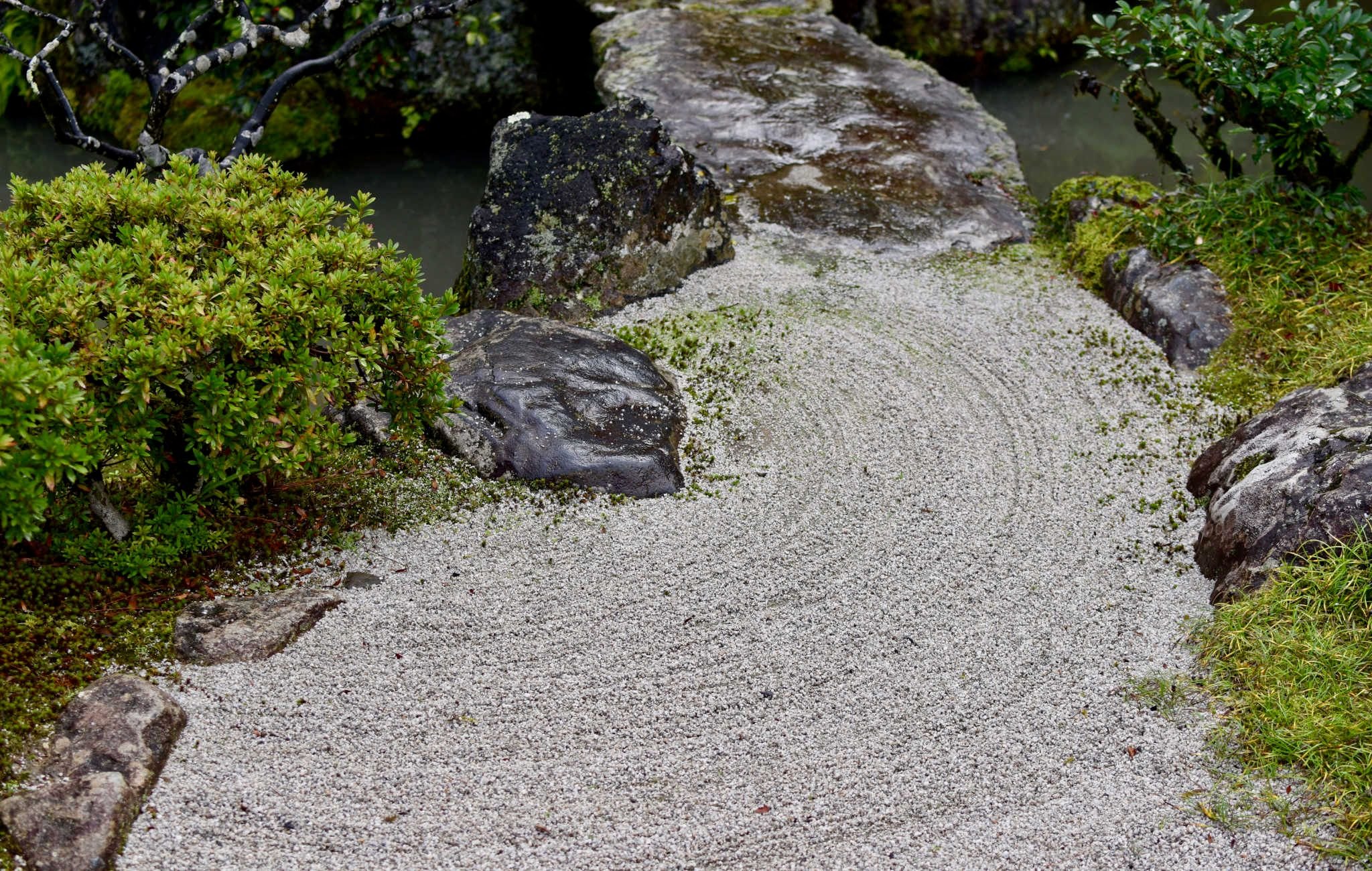
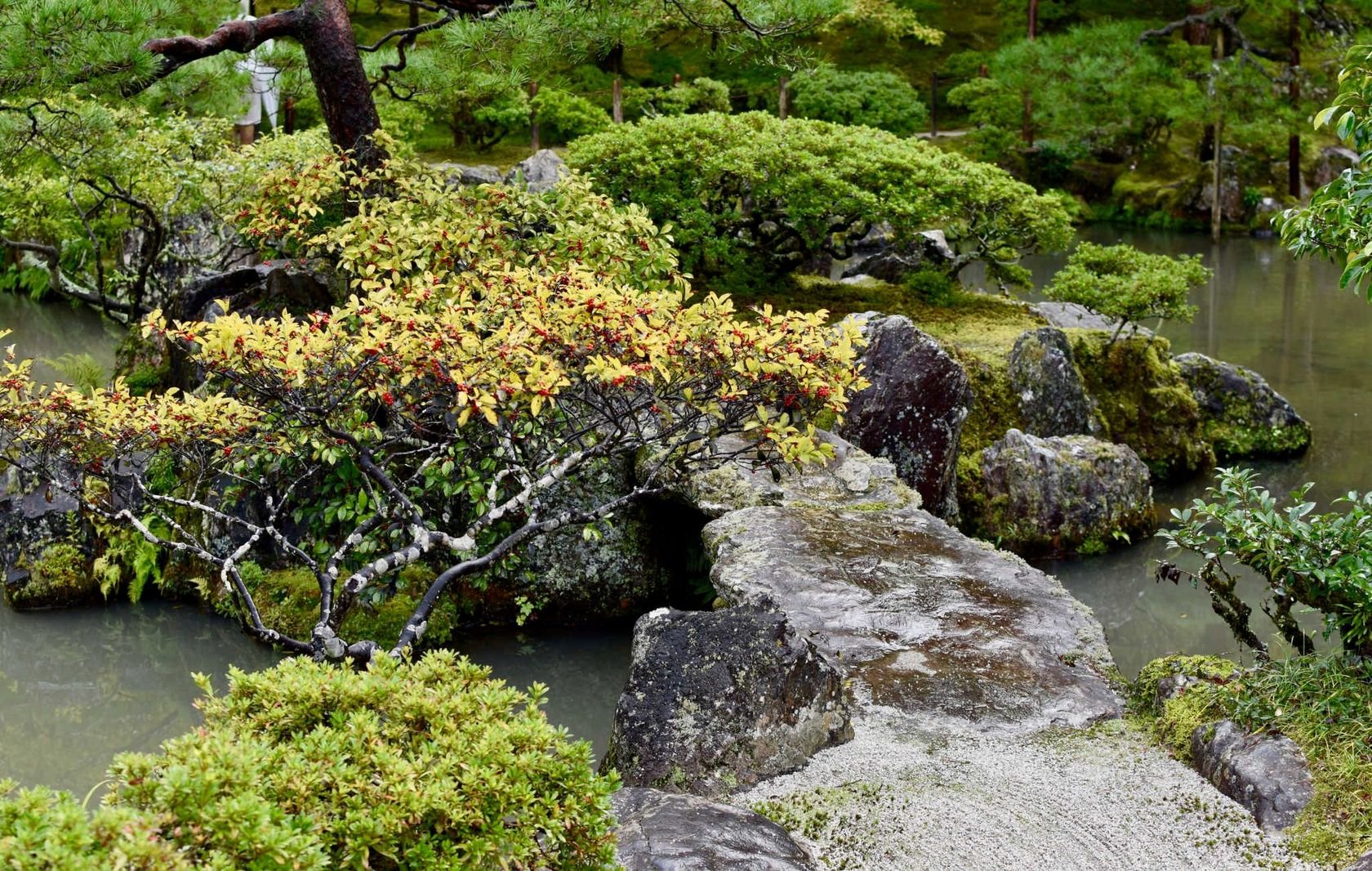
A path leads to a hill overlooking the temple, and offers a beautiful panorama of the gardens and the Higashiyama district in the background.

We then descend to access the back of the pavilion, and admire a different perspective and a close-up view.
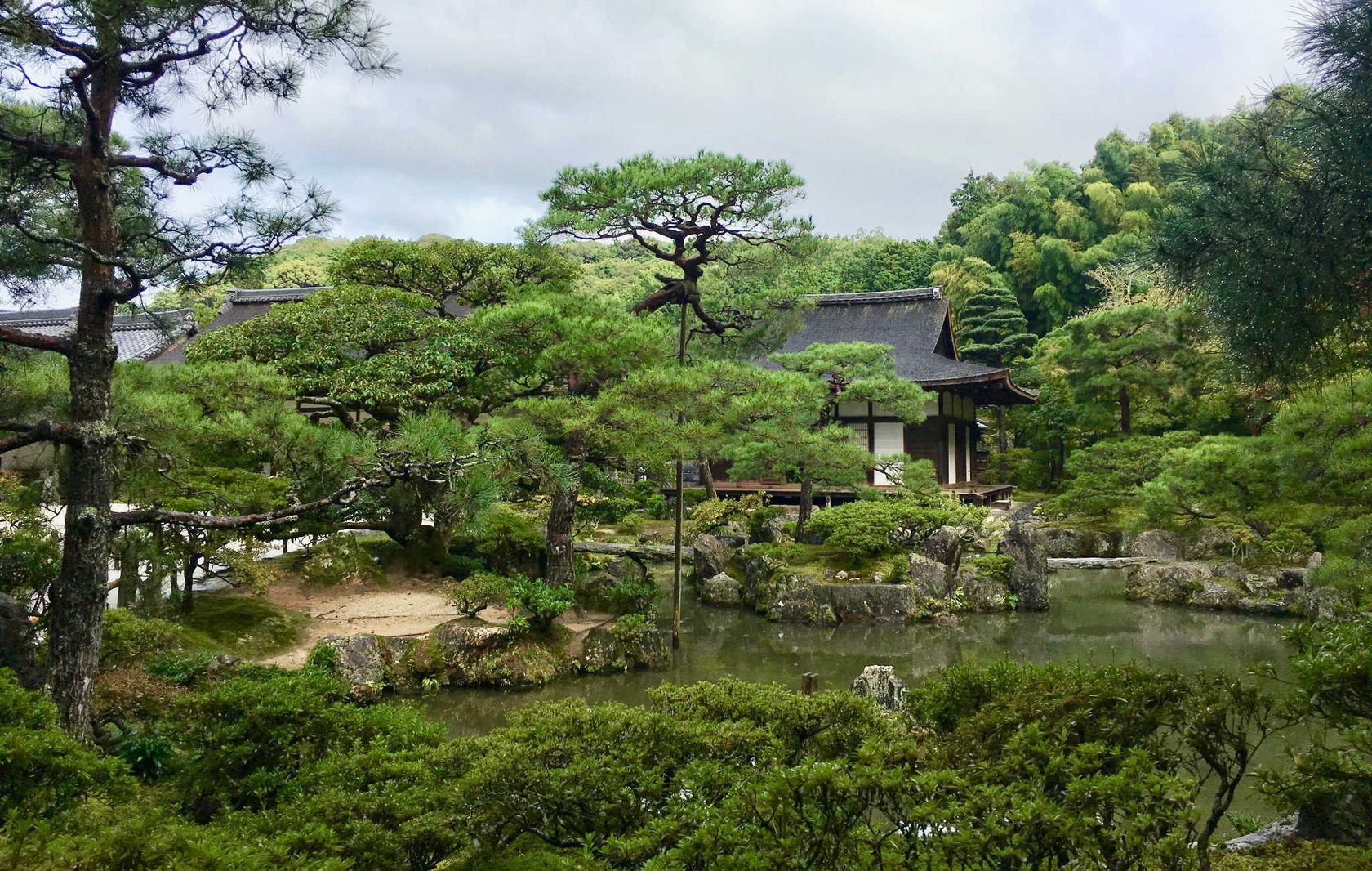
Although the Ginkaku-ji is not as popular as some of Kyoto's other sites, it's still a place where you feel out of time. The beauty of the pavilion and the gardens make it a pure artistic condensed vision, where the search for perfection is omnipresent.
-- @japon
01: Travel diary in Japan, by @japon
02: Tokyo, overcrowded city? Really? by @japon
03: Are the Japanese too disciplined? by @japon
04: Going to Japan without speaking Japanese? by @japon
05: Ueno, more than just a big park in Tokyo, by @japon
06: Asakusa, diving in the heart of Tokyo's historic district, by @japon
07: Ameyoko, Ueno's colorful market, by @japon
08: Tsukiji, the largest fish market in the world, by @japon
09: Climb the steps of Atago Jinja Shrine in Tokyo, by @japon
10: Hama Rikyu, an exceptional park in the heart of Tokyo, by @japon
11: Jimbocho, old books and tempura, by @japon
12: Shinjuku Gyoen Park and the best burger in the world!, by @japon
13: One night in Shibuya, by @japon
14: Takeshita dori : this little street dedicated to fashion (and good crepes), by @japon
15: They lie to you about Kyoto, by @japon
16: The temples and secret garden of Higashi in Kyoto, by @japon
17: Kinkaku-ji, the temple of the Golden Pavilion in Kyoto, by @japon
18: Ryoan-ji, the amazing stone garden in Kyoto, by @japon
19: The Ninna-ji Temple and its extraordinary gardens, by @japon
20: Kyoto Gyoen, the Imperial Palace Park, by @japon
21: Nishiki Market: A Must in Kyoto, by @japon
